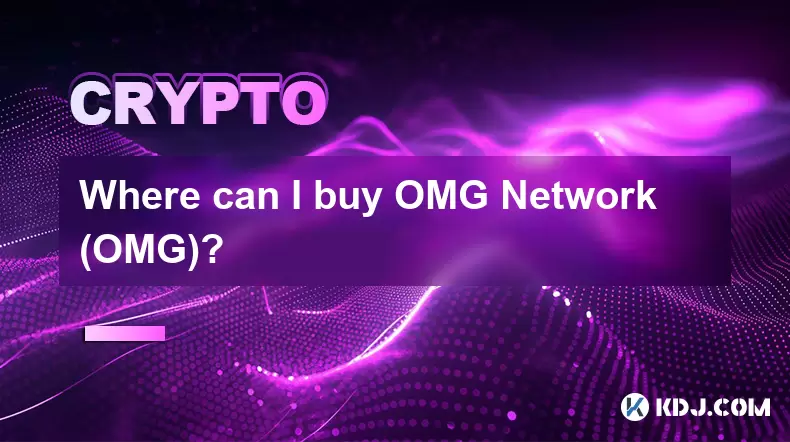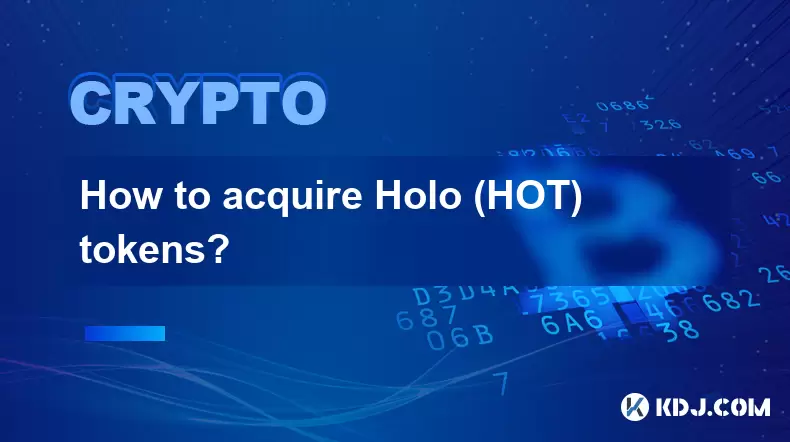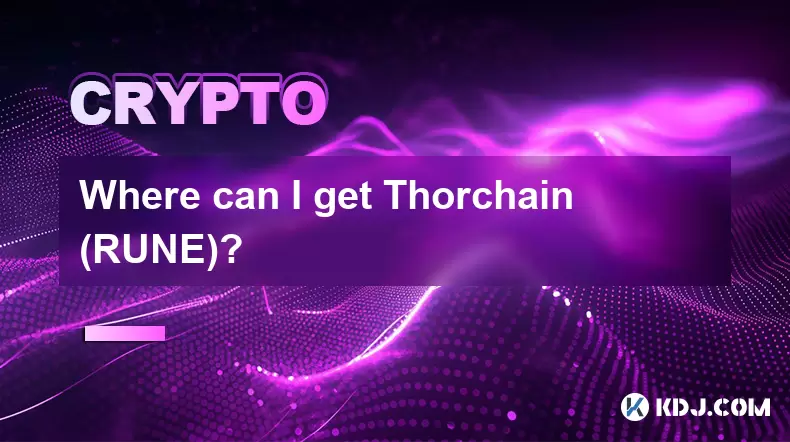-
 Bitcoin
Bitcoin $116800
0.06% -
 Ethereum
Ethereum $3916
2.20% -
 XRP
XRP $3.333
8.10% -
 Tether USDt
Tether USDt $1.000
0.02% -
 BNB
BNB $789.3
1.45% -
 Solana
Solana $177.6
2.58% -
 USDC
USDC $0.0000
0.02% -
 Dogecoin
Dogecoin $0.2232
4.03% -
 TRON
TRON $0.3384
0.01% -
 Cardano
Cardano $0.8005
4.26% -
 Stellar
Stellar $0.4651
11.58% -
 Hyperliquid
Hyperliquid $41.38
5.34% -
 Sui
Sui $3.828
2.87% -
 Chainlink
Chainlink $19.41
11.81% -
 Bitcoin Cash
Bitcoin Cash $581.4
0.02% -
 Hedera
Hedera $0.2623
3.12% -
 Avalanche
Avalanche $23.50
3.00% -
 Ethena USDe
Ethena USDe $1.001
-0.04% -
 Litecoin
Litecoin $121.8
0.85% -
 UNUS SED LEO
UNUS SED LEO $8.986
0.38% -
 Toncoin
Toncoin $3.359
1.47% -
 Shiba Inu
Shiba Inu $0.00001293
2.14% -
 Uniswap
Uniswap $10.61
4.95% -
 Polkadot
Polkadot $3.917
3.45% -
 Dai
Dai $1.000
-0.01% -
 Bitget Token
Bitget Token $4.461
1.26% -
 Cronos
Cronos $0.1516
2.47% -
 Monero
Monero $265.7
-5.07% -
 Pepe
Pepe $0.00001118
2.72% -
 Aave
Aave $283.4
3.76%
10 innovative ways to get free cryptocurrency!
Explore 10 innovative ways to earn free cryptocurrency, from airdrops and staking to play-to-earn games and bug bounties, each offering unique rewards and opportunities.
May 31, 2025 at 01:49 pm

In the dynamic world of cryptocurrencies, acquiring free digital assets has become an exciting pursuit for many enthusiasts. While the market offers various ways to earn cryptocurrencies, some methods stand out for their innovation and potential rewards. This article explores 10 innovative ways to get free cryptocurrency, providing detailed insights into each approach.
Airdrops: The Gateway to Free Tokens
Airdrops have become a popular method for blockchain projects to distribute free tokens to their community. These events are typically used to promote new cryptocurrencies or reward existing token holders. To participate in an airdrop, you usually need to meet certain criteria set by the project, such as holding a specific cryptocurrency or completing social media tasks.
- Find airdrop opportunities: Use websites like Airdrop Alert or CoinMarketCap to discover upcoming airdrops.
- Meet the requirements: Follow the project's instructions, which may include holding a certain amount of a specific token or engaging with their social media channels.
- Claim your tokens: After meeting the requirements, you'll receive the airdropped tokens directly to your wallet.
Faucets: Earning Crypto in Small Increments
Cryptocurrency faucets are websites or apps that dispense small amounts of cryptocurrency for completing simple tasks. These tasks can range from solving captchas to watching advertisements. While the rewards are modest, they can accumulate over time.
- Choose a reputable faucet: Research and select a faucet with a good reputation and consistent payouts.
- Complete tasks: Engage in the tasks provided, such as clicking on ads or solving puzzles.
- Withdraw your earnings: Once you've accumulated a sufficient amount, withdraw your earnings to your cryptocurrency wallet.
Staking: Earning Passive Income
Staking involves holding cryptocurrencies in a wallet to support the operations of a blockchain network. In return, you receive rewards in the form of additional tokens. This method is particularly popular with Proof of Stake (PoS) cryptocurrencies.
- Select a staking platform: Choose a platform or wallet that supports staking for the cryptocurrency you own.
- Stake your tokens: Transfer your tokens to the staking wallet and lock them for a specified period.
- Collect your rewards: Regularly collect the staking rewards, which are usually distributed periodically.
Mining: Harnessing Computational Power
Mining is the process of validating transactions and adding them to the blockchain. While it requires significant computational power, it can be a lucrative way to earn free cryptocurrency, especially with less competitive coins.
- Choose a cryptocurrency to mine: Research and select a cryptocurrency that is profitable to mine with your hardware.
- Set up mining equipment: Install the necessary hardware, such as ASICs or GPUs, and configure mining software.
- Join a mining pool: Consider joining a mining pool to increase your chances of earning rewards.
- Monitor and optimize: Regularly monitor your mining operations and optimize for efficiency.
Referral Programs: Earning Through Network Expansion
Many cryptocurrency platforms offer referral programs that reward users for bringing in new members. By sharing your unique referral link, you can earn a percentage of the fees or rewards generated by the new users.
- Sign up for a referral program: Choose a platform with a referral program that aligns with your interests.
- Share your referral link: Distribute your link through social media, forums, or personal networks.
- Track your earnings: Monitor your referral earnings and withdraw them according to the platform's terms.
Bounty Programs: Completing Tasks for Rewards
Bounty programs are initiatives by cryptocurrency projects to reward users for completing specific tasks, such as bug reporting, content creation, or social media promotion. These programs can be a great way to earn free tokens.
- Find a bounty program: Look for projects with active bounty programs on platforms like Gitcoin or Bounty0x.
- Choose a task: Select a task that matches your skills and interests.
- Complete the task: Follow the project's guidelines to complete the task and submit your work.
- Claim your reward: Once your submission is approved, claim your bounty in the form of cryptocurrency.
Play-to-Earn Games: Gaming for Crypto Rewards
Play-to-earn games have gained popularity in the crypto space, allowing players to earn cryptocurrency by participating in in-game activities. These games often involve collecting, trading, or battling with digital assets.
- Choose a play-to-earn game: Research and select a game that offers attractive rewards and aligns with your gaming preferences.
- Set up your account: Create an account and connect your cryptocurrency wallet to the game.
- Engage in gameplay: Participate in the game's activities, such as completing quests or trading assets.
- Withdraw your earnings: Transfer your in-game earnings to your cryptocurrency wallet.
Liquidity Mining: Providing Liquidity for Rewards
Liquidity mining involves providing liquidity to decentralized exchanges (DEXs) in exchange for rewards. By adding your cryptocurrency to a liquidity pool, you help facilitate trading and earn a share of the transaction fees.
- Choose a DEX: Select a decentralized exchange that offers liquidity mining programs.
- Add liquidity: Deposit your cryptocurrency into the liquidity pool of your chosen trading pair.
- Earn rewards: Collect your share of the trading fees and any additional incentives offered by the DEX.
Content Creation: Earning Through Educational Contributions
Creating and sharing educational content about cryptocurrencies can be a rewarding way to earn free tokens. Many platforms offer rewards for producing high-quality content that educates and engages the community.
- Choose a platform: Select a platform that rewards content creators, such as Steemit or Publish0x.
- Create valuable content: Produce articles, videos, or tutorials that provide valuable insights into the cryptocurrency space.
- Engage with the community: Share your content and engage with the community to increase visibility and earn more rewards.
- Withdraw your earnings: Collect your rewards in the form of cryptocurrency and transfer them to your wallet.
Bug Bounties: Earning Through Security Contributions
Bug bounty programs are offered by cryptocurrency projects to reward individuals who identify and report security vulnerabilities. Participating in these programs can be a lucrative way to earn free cryptocurrency while contributing to the security of the ecosystem.
- Find a bug bounty program: Look for projects with active bug bounty programs on platforms like HackerOne or Immunefi.
- Research the project: Familiarize yourself with the project's codebase and security protocols.
- Identify vulnerabilities: Use your technical skills to identify potential security issues.
- Submit your findings: Report the vulnerabilities according to the program's guidelines and wait for verification.
- Claim your reward: Once your findings are confirmed, claim your bug bounty in the form of cryptocurrency.
Frequently Asked Questions
Q: Are these methods legal and safe to use?
A: Most of the methods described are legal and safe, provided you use reputable platforms and follow the guidelines set by each project. Always conduct thorough research and use secure wallets to protect your earnings.
Q: How much time and effort do these methods require?
A: The time and effort required vary depending on the method. Airdrops and faucets may require minimal effort, while mining and bug bounties can be more time-consuming and technically demanding.
Q: Can I combine multiple methods to increase my earnings?
A: Yes, combining multiple methods can be an effective strategy to increase your earnings. For example, you could participate in airdrops, stake your tokens, and engage in play-to-earn games simultaneously.
Q: Do I need technical skills to participate in these methods?
A: Some methods, such as mining and bug bounties, require technical skills, while others, like airdrops and faucets, are more accessible to beginners. Choose the methods that align with your skill level and interests.
Disclaimer:info@kdj.com
The information provided is not trading advice. kdj.com does not assume any responsibility for any investments made based on the information provided in this article. Cryptocurrencies are highly volatile and it is highly recommended that you invest with caution after thorough research!
If you believe that the content used on this website infringes your copyright, please contact us immediately (info@kdj.com) and we will delete it promptly.
- BlockchainFX: The Crypto Presale Investors Can't Ignore
- 2025-08-08 19:10:12
- Pump.fun, Memecoins, Glass Full: Solana's Launchpad Wars Heat Up!
- 2025-08-08 18:50:12
- Crypto Market Heats Up: Altcoin Spree Drives Market Cap to $3.87T
- 2025-08-08 19:05:02
- Cardano (ADA) Price Gears Up: Open Interest Surges Amidst Key Resistance Retest
- 2025-08-08 19:15:42
- Bitcoin, Meme ICOs, and FOMO: Catching the Next Crypto Wave
- 2025-08-08 18:30:34
- OM, Investment, and Growth: Decoding the Latest Trends in Digital Assets
- 2025-08-08 18:30:34
Related knowledge

Where can I buy UMA (UMA)?
Aug 07,2025 at 06:42pm
Understanding UMA and Its Role in Decentralized FinanceUMA (Universal Market Access) is an Ethereum-based decentralized finance (DeFi) protocol design...

Where can I purchase Siacoin (SC)?
Aug 08,2025 at 11:14am
Understanding Siacoin (SC) and Its Role in the Sia NetworkSiacoin (SC) is the native cryptocurrency of the Sia decentralized cloud storage platform, a...

Where can I buy OMG Network (OMG)?
Aug 08,2025 at 12:57pm
Understanding OMG Network (OMG) and Its PurposeThe OMG Network, originally known as OmiseGO, is a layer-2 scaling solution built on the Ethereum block...

What exchanges support buying IOTA (MIOTA)?
Aug 07,2025 at 09:58pm
Understanding the Role of Private Keys in Cryptocurrency SecurityIn the world of cryptocurrency, private keys are the cornerstone of ownership and con...

How to acquire Holo (HOT) tokens?
Aug 08,2025 at 05:56am
Understanding Holo (HOT) and Its EcosystemHolo (HOT) is a cryptocurrency token associated with the Holo ecosystem, which is built on the Holochain fra...

Where can I get Thorchain (RUNE)?
Aug 08,2025 at 08:07am
Understanding the Role of Seed Phrases in Cryptocurrency WalletsA seed phrase, also known as a recovery phrase or mnemonic phrase, is a critical compo...

Where can I buy UMA (UMA)?
Aug 07,2025 at 06:42pm
Understanding UMA and Its Role in Decentralized FinanceUMA (Universal Market Access) is an Ethereum-based decentralized finance (DeFi) protocol design...

Where can I purchase Siacoin (SC)?
Aug 08,2025 at 11:14am
Understanding Siacoin (SC) and Its Role in the Sia NetworkSiacoin (SC) is the native cryptocurrency of the Sia decentralized cloud storage platform, a...

Where can I buy OMG Network (OMG)?
Aug 08,2025 at 12:57pm
Understanding OMG Network (OMG) and Its PurposeThe OMG Network, originally known as OmiseGO, is a layer-2 scaling solution built on the Ethereum block...

What exchanges support buying IOTA (MIOTA)?
Aug 07,2025 at 09:58pm
Understanding the Role of Private Keys in Cryptocurrency SecurityIn the world of cryptocurrency, private keys are the cornerstone of ownership and con...

How to acquire Holo (HOT) tokens?
Aug 08,2025 at 05:56am
Understanding Holo (HOT) and Its EcosystemHolo (HOT) is a cryptocurrency token associated with the Holo ecosystem, which is built on the Holochain fra...

Where can I get Thorchain (RUNE)?
Aug 08,2025 at 08:07am
Understanding the Role of Seed Phrases in Cryptocurrency WalletsA seed phrase, also known as a recovery phrase or mnemonic phrase, is a critical compo...
See all articles

























































































